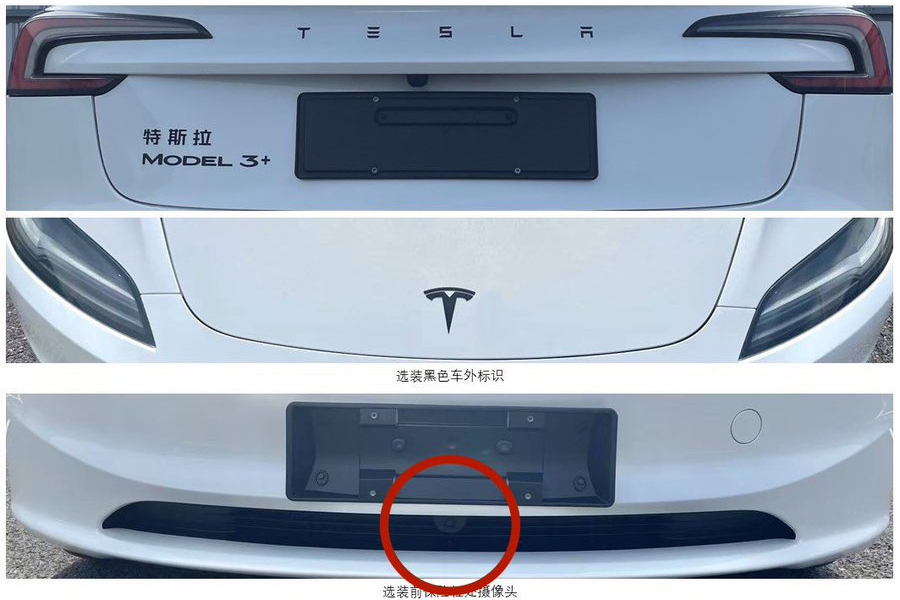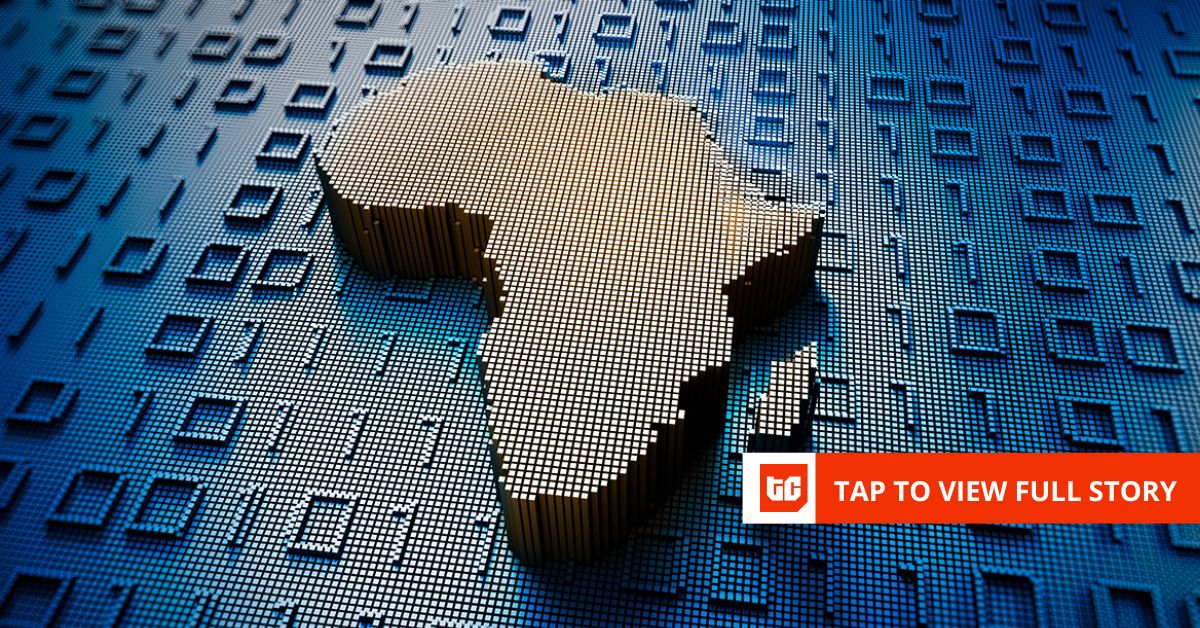It’s been nearly six months since Apple changed a crucial piece of technology inside the iPhone. This timeline is great news for the all-new iPhone 17 Air coming in just a few short weeks.
C1 chip success
That core piece of tech, of course, is the cellular modem inside the iPhone.
Starting with the more affordable iPhone 16e in February, Apple began shipping its first iPhone that uses its homegrown chip for making calls and connecting to cell networks.
That’s enough time to determine that Apple nailed the change.
If Apple’s C1 modem faced any real-world challenges, demand for Qualcomm modems inside the upcoming iPhone 17 Air would be the top story of the summer.
Instead, the iPhone 16e has generally lived up to its early reputation. It’s more expensive than the iPhone SE it replaced in the iPhone lineup, MagSafe is still an odd omission, and the rear design is one of the cleanest on a modern iPhone.
As for the C1 modem, there are no complaints of cellular performance being inferior or battery life being negatively impacted. Instead, early reviewers were pleasantly surprised to see 5G performance meet or exceed Qualcomm modems. Apple’s ability to design the full technology stack to meet its needs is a clear win for power management.
Important for iPhone 17 Air
That all bodes well for the upcoming iPhone 17 Air. We still expect the iPhone 17, iPhone 17 Pro, and iPhone 17 Pro Max models to use a Qualcomm 5G chip as Apple matures its homegrown modem chip technology. But for the flashiest new iPhone this fall, the modem inside the iPhone 16e being a complete non-issue is a ringing endorsement.
Apple, of course, built its first cellular modem using expertise acquired by Intel, which sold its modem business to Apple years ago. While the work to turn that acquisition into an actual product took longer than many expected, it’s looking like a wise strategy for the future of the iPhone.

iPhone 18 and beyond
Looking ahead, Apple is expected to bring its second-gen modem chip, the C2, to the iPhone 18 in 2026. If everything goes to plan, a more mature C3 cellular chip will follow in 2027 for iPhone 19 models.
Apple’s C2 chip is expected to be its first with mmWave support, an uncommon variant of ultra-fast 5G that serves hyperlocal areas like stadiums and other venues. This explains why Apple is limiting the C1 to the iPhone 16e and iPhone 17 Air for now.
Both the iPhone 16 and iPhone 16 Pro/iPhone 16 Pro Max support mmWave in the US. Switching to the C1 for the full iPhone 17 lineup would mean dropping mmWave support.

Even as a rather rare technology to find in the wild, it’s wise to avoid the controversy of making any technological step back. Even so, the potential battery life gains may justify the tradeoff for many iPhone users.
Apple will reportedly add support for the latest satellite technology into the C3 chip.
What do you think? Have you used an iPhone 16e and noticed any difference in cellular network performance? Does the lack of any C1 controversy give you more confidence in the iPhone 17 Air? Let us know in the comments!
Check out these great accessories
FTC: We use income earning auto affiliate links. More.










